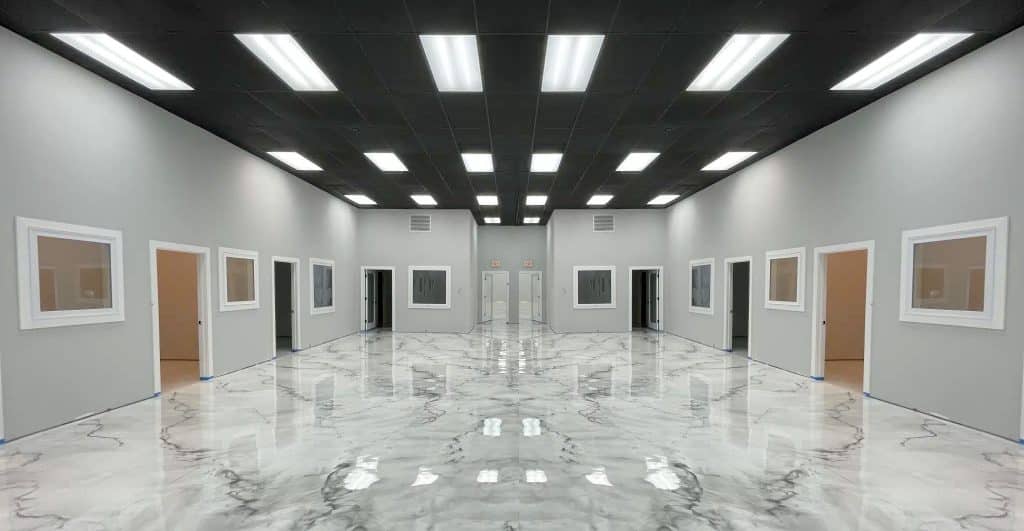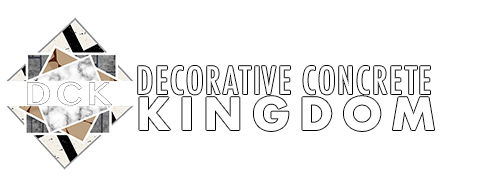Decorative concrete is a specialized form of concrete that is designed to be visually appealing and enhance the aesthetic appeal of a surface. It is often used in flooring, walls, and other interior and exterior surfaces, and can be used to mimic the appearance of natural materials such as stone, brick, or wood, or to create unique patterns, textures, and designs.
Decorative concrete can be achieved using a variety of techniques and materials, including stamping, staining, engraving, overlaying, and polishing. Stamping involves creating patterns and textures in wet concrete using specialized stamps or molds, while staining involves adding color to the concrete using pigments or dyes. Engraving involves etching designs and patterns into the surface of the concrete while overlaying involves applying a thin layer of concrete over an existing surface. Polishing involves smoothing and shining the surface of the concrete using specialized tools and equipment.
Decorative concrete is often used in residential and commercial projects and can be a cost-effective way to enhance the look and feel of a space while also increasing its durability and functionality. It is also an environmentally friendly option, as it can be made using recycled materials and can help to reduce energy consumption and waste.
Decorative concrete can be used for a wide range of applications, including flooring, walls, countertops, driveways, patios, pool decks, and more. Some of the most common techniques used to create decorative concrete include staining, stamping, engraving, polishing, and overlaying.
Staining involves adding color to the concrete using a chemical stain that penetrates the surface to create a natural-looking finish. Stamping involves pressing a pattern or texture into the surface of the concrete using specialized tools or molds. Engraving involves carving patterns or designs into the surface of the concrete using specialized tools. Polishing involves grinding and polishing the surface of the concrete to create a smooth, glossy finish. Overlaying involves applying a new layer of concrete over an existing surface to create a new texture, color, or pattern.
The cost of decorative concrete can vary widely depending on a number of factors, including the size and complexity of the project, the type of decorative technique used, and the geographic location of the project. Here are some factors that can affect the cost of decorative concrete:
Size of the project: Larger projects will generally cost more than smaller ones, as they require more materials and labor.
Type of decorative technique: The cost of decorative concrete can vary widely depending on the type of technique used. For example, staining and polishing are generally less expensive than stamping or engraving.
The complexity of the design: Intricate designs or patterns can require more time and skill to create, which can increase the cost.
Geographic location: The cost of decorative concrete can vary depending on the local market conditions, including labor costs, material costs, and competition among contractors.
As a rough estimate, the cost of decorative concrete can range from $8 to $20 per square foot, but this can vary widely depending on the factors listed above. It’s important to get a detailed estimate from a reputable contractor before starting any decorative concrete project.


